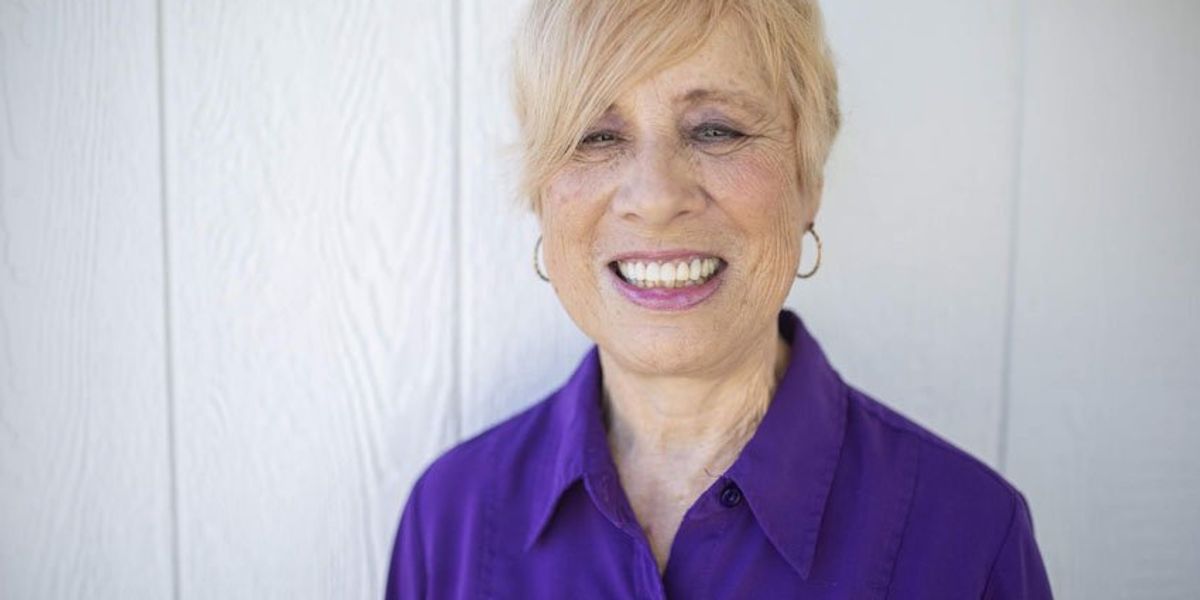Tea-volution: The history of Chinese tea in Malaysia and how we drink it
At the quirky little Tanah dan Air Tea Bar in Petaling Jaya, tea artist Law Siow Fei is hard at work. Hunched over a long table, she gently pours tea out of a tiny little tea pot into three equally tiny porcelain cups, then passes one to me.
“This is a Phoenix Oolong tea – it is very popular among the Teochew community,” she says.
The tea is aromatic and nuanced, with floral streaks running through its golden waters.
Across the space, another table is occupied by a young couple, their heads bowed over cups of Chinese tea, sipping intently and oohing and aahing as they rediscover the pleasures of this heritage brew.
In many ways, people like Law are keeping the culture and knowledge of traditional Chinese tea alive in Malaysia, paving the way for younger generations to appreciate this ancient beverage.
History of Chinese tea
Chinese tea’s roots hark all the way back to 2000 BC and the Qin dynasty when the mythical Emperor Shennong was said to have discovered tea after the leaves of the Camellia Sinensis fell into a cup of boiling water.
Tea in China was originally thought to be purely medicinal so it wasn’t until centuries later during the Tang dynasty (618 to 917 CE) that drinking tea became more widespread, although it was reserved for the upper echelons of Chinese society.
Most of the information surrounding Chinese tea was developed and acquired through Lu Yu’s The Classic of Tea, which was produced around 760 CE. In that era, green tea leaves were squished to make tea bricks (also called tea cakes), which were then ground into tea powder and mixed with water using a whisk.
Although tea whisking faded out, the culture was introduced to Japan, where it has evolved into the Japanese art of matcha.
During the Ming dynasty in China (1368 to 1644 CE) loose leaf tea began replacing tea bricks, as the emperor at the time came from an impoverished background and understood how laborious it was for farmers to produce tea bricks.
Today, loose leaf tea is still the predominant way Chinese denizens in China and the Chinese diaspora all over the world continue to consume tea.
Chinese tea in Malaysia
In Malaysia, Chinese tea has a history that dates back to the 15th century when Admiral Cheng Ho first brought tea to Melaka during his voyages here. The intermarriage of Chinese traders with local women and the eventual Peranakan communities that sprung from these unions also created a demand and interest in Chinese tea in then-Malaya.
When the bigger wave of Chinese migrants began arriving in the country in the 19th and 20th centuries to work in the tin mines, they too brought tea with them.
“Because they were poor, they couldn’t pack many things. One of the things that could withstand travel well was tea leaves. And the tea leaves that they brought were those with long shelf lives which were typically dark teas – the same sort that explorers like Marco Polo brought around the world. So very little of the white teas made it to Malaysia,” says Koh Peng Chye, whose family has been in the tea industry in Malaysia for nearly 100 years and now runs modern tea bar Beca Tea.
According to an article published by the Tea Trade Association of Malaysia, different Chinese communities in Malaysia have different predilections for tea-drinking – i.e. the Cantonese have a preference for Liu Pao dark tea; the Hokkiens and Teochew are partial to Oolong tea; and the Hakkas traditionally opt for green tea.
So what is Chinese tea made up of? Essentially, all Chinese tea comes from the Camella Sinsenis plant. But what separates different teas is the way that they are processed.
While the Western world recognises four kinds of teas, there are six acknowledged types of Chinese teas – green tea, yellow tea, white tea, Oolong tea, dark tea and red tea.
Also read: Tea-volution: The history of Chinese tea in Malaysia and how we drink it
Chinese tea drinkers in Malaysia
Although the practice of drinking Chinese tea would likely have been introduced by new Chinese arrivals to Malaysia centuries ago, the knowledge and culture behind the art of tea-drinking has been somewhat lost over the generations.
In recent years though, there has been a resurgence in interest among younger Malaysians, partly driven by health concerns and an increased desire for pure teas. This is bolstered by the fact that certain teas have been shown to have health properties.
White tea for instance has high levels of antioxidants that may have cancer-fighting properties while green tea can boost heart health and lower cholesterol levels. Oolong tea on the other hand contains an amino acid that reduces anxiety levels.
“There is a growing interest among younger people who are health-conscious in tasting or drinking tea that doesn’t have any sugar, milk or cream,” says Law.
While Law’s tea bar honours traditional Chinese tea brewing, Koh’s Beca Tea aims to appeal to both conventional tea drinkers as well as those seeking out more contemporary fare that is better for them.
“I believe those who grow up with bubble tea are already starting to gravitate towards the more pure teas. At Beca Tea, we are like a mid-point for this transition. People who are sick of all the sugars and artificial flavourings and colourings are trying to move to purer tea but are not quite sure where to go, so this is where we come in.
“We can introduce you to tea by easing you into tastes that you are more familiar with before going into the pure stuff,” he says.
Koh also believes that many younger people who have lost touch with their roots are keen to rediscover it in more accessible ways.
“I think the knowledge of Chinese tea culture and tea drinking was not passed down because the earlier Chinese people who came to Malaysia were menial workers who had busy lives. They did not have the luxury of sitting down, enjoying tea and passing on the knowledge. So I think an entire generation lost out on that knowledge transfer and cultural practice.
“So at Beca Tea, I am encouraged to see young people – anyone between the ages of 20 to 40 – coming because they are curious to know this Asian culture that they have forgotten,” says Koh.
Law says she has also noticed that as time has progressed and Chinese tea has become more mainstream in Malaysia, the number of non-Chinese tea drinkers has also shot up.
“I have noticed quite a number of Malay customers who are interested in Chinese teas and how to brew them, so I think slowly Chinese tea will become more popular throughout Malaysia,” she says.
Source link
Share this article:















